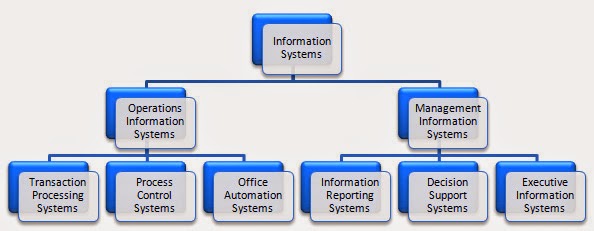Once you've started your Google AdWords campaign and chosen a great set of keywords, your ads may still need some work. No matter how relevant your keywords are, your campaign needs to woo your potential customers, not just freebie seekers.
This seems to be an area that most PPC marketers fall down on. With all this talk about click thru rate, people miss the bigger issue: the clicks are next to worthless if they don't convert to sales. In fact, they aren't even worthless – they lose you money. Return on investment is what matters, and everything else is subordinate to that, including (perhaps especially) how many people click on your ads.
So, how do we target buying customers and get rid of the click-hungry tire kickers? Well, there are several strategies I use, and taken together they ensure I get healthy returns on my clicks.
Firstly, pay very close attention to your keywords. By on large, the broader the keyword, the greater the chance of random non-buyers clicking on your ad and costing you money. For example, someone searching for "Adwords" might want to log into their Adwords account, they might be searching for free content, or they could just be killing time.
Contrast this with a very targeted keyword such as "buy Adwords e-book". Well, there is no comparison, the second will tend to convert at ten times the rate of the first, more general keyword – but people tend to pay the same for each keyword. I don't know if it's because no-one tracks their conversions properly anymore, but in any event don't fall into the trap of believing that all keywords are created equal.
This seems to be an area that most PPC marketers fall down on. With all this talk about click thru rate, people miss the bigger issue: the clicks are next to worthless if they don't convert to sales. In fact, they aren't even worthless – they lose you money. Return on investment is what matters, and everything else is subordinate to that, including (perhaps especially) how many people click on your ads.
So, how do we target buying customers and get rid of the click-hungry tire kickers? Well, there are several strategies I use, and taken together they ensure I get healthy returns on my clicks.
Firstly, pay very close attention to your keywords. By on large, the broader the keyword, the greater the chance of random non-buyers clicking on your ad and costing you money. For example, someone searching for "Adwords" might want to log into their Adwords account, they might be searching for free content, or they could just be killing time.
Contrast this with a very targeted keyword such as "buy Adwords e-book". Well, there is no comparison, the second will tend to convert at ten times the rate of the first, more general keyword – but people tend to pay the same for each keyword. I don't know if it's because no-one tracks their conversions properly anymore, but in any event don't fall into the trap of believing that all keywords are created equal.
If you are a merchant and have conversion tracking setup on Adwords, pay close attention to where your sales are coming from. The truth might surprise you.
Secondly, add "free" as a negative keyword to your campaign – this will cut out the blatant tyre kickers before they even get a chance to click on our ads.
A third possible strategy is to put your price in the ad, possibly in the headline, eg "super new gizmo only $50". However, I don't like this method too much – the reason being that the freebie hunters will click anyway, and many potential buyers will be dissuaded from clicking (many copywriters make their price as invisible as possible on the sales letter, why advertise it before they have even read the benefits?)
What I tend to do instead is make a subtle reference to the fact that the information does come with a price tag, using a word such as "cheap", "low cost", "inexpensive", "limited offer", "discounted price" etc. This tends to not only dissuade the hardcore freebie hunters, but will actually make borderline potential buyers curious and more willing to read the sales copy. And that can only be a good thing.
Remember, click through rate is important but only if the people who click are buying. If not, you would be better off pausing your campaigns and trying a more forgiving advertising method. http://Infosdemocracy.com
Secondly, add "free" as a negative keyword to your campaign – this will cut out the blatant tyre kickers before they even get a chance to click on our ads.
A third possible strategy is to put your price in the ad, possibly in the headline, eg "super new gizmo only $50". However, I don't like this method too much – the reason being that the freebie hunters will click anyway, and many potential buyers will be dissuaded from clicking (many copywriters make their price as invisible as possible on the sales letter, why advertise it before they have even read the benefits?)
What I tend to do instead is make a subtle reference to the fact that the information does come with a price tag, using a word such as "cheap", "low cost", "inexpensive", "limited offer", "discounted price" etc. This tends to not only dissuade the hardcore freebie hunters, but will actually make borderline potential buyers curious and more willing to read the sales copy. And that can only be a good thing.
Remember, click through rate is important but only if the people who click are buying. If not, you would be better off pausing your campaigns and trying a more forgiving advertising method. http://Infosdemocracy.com
